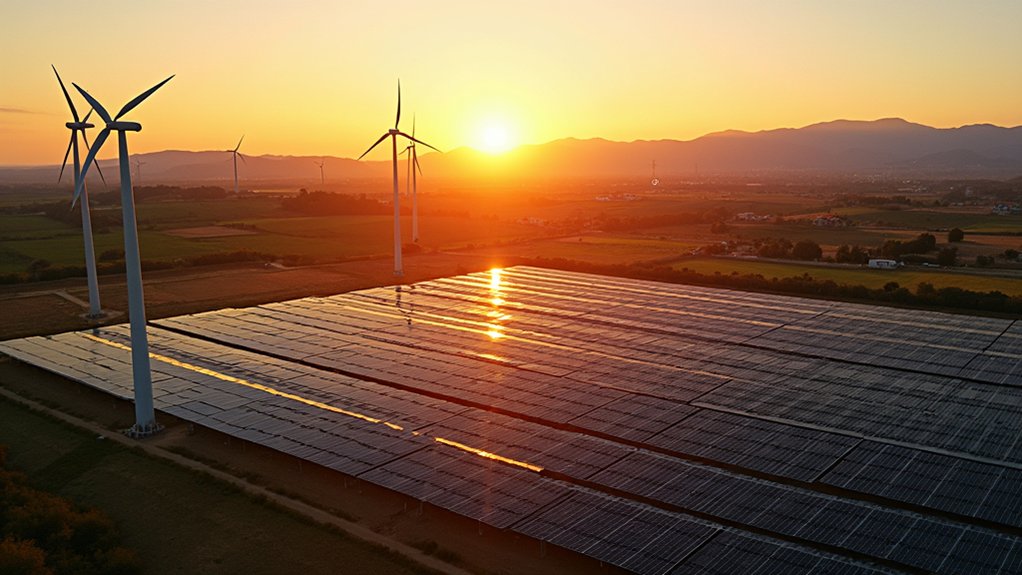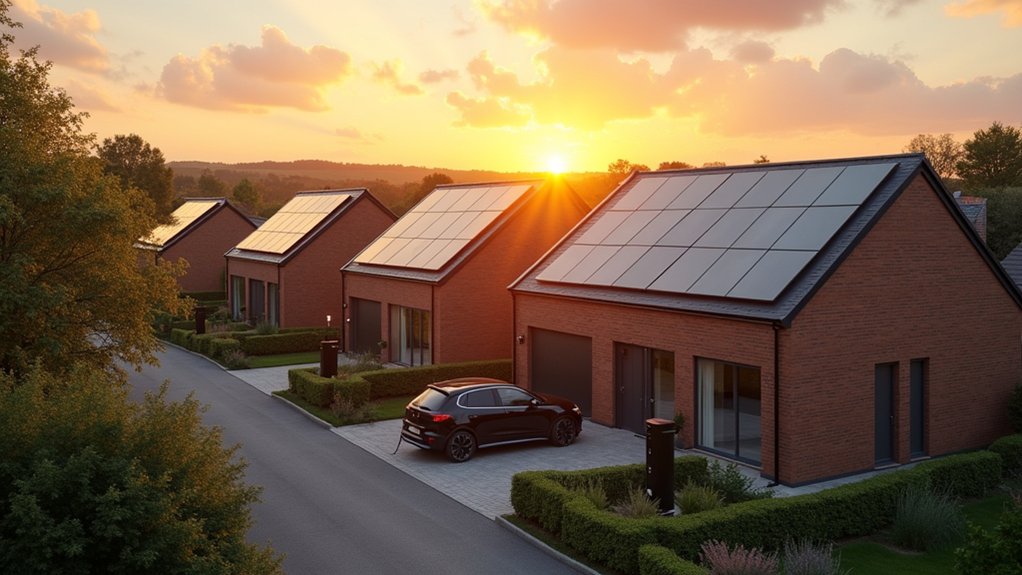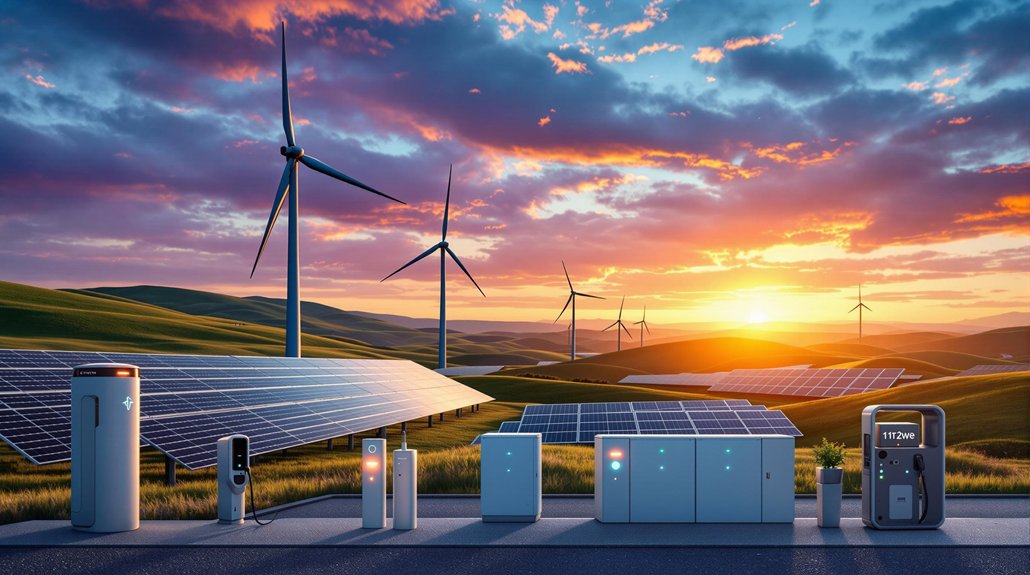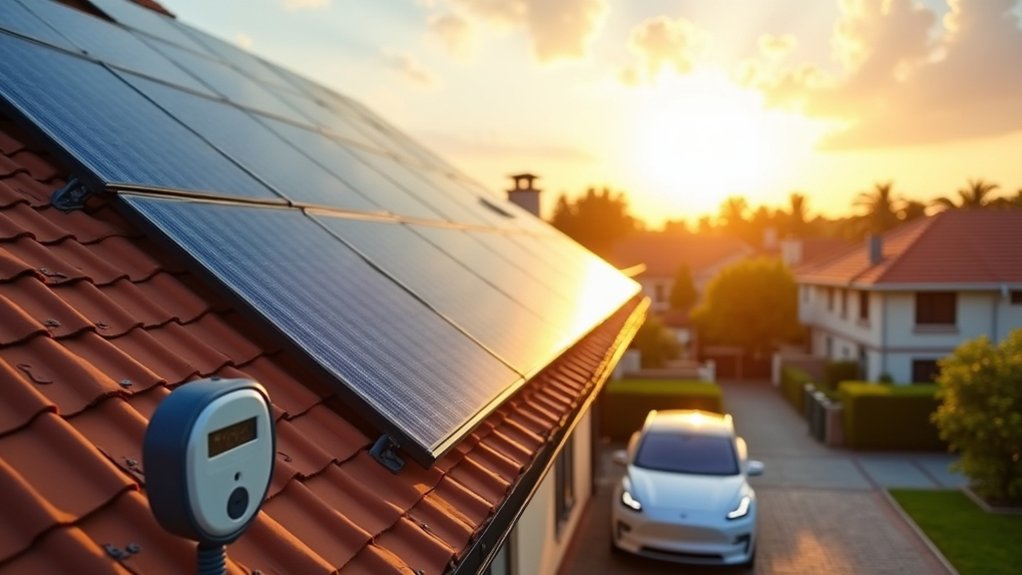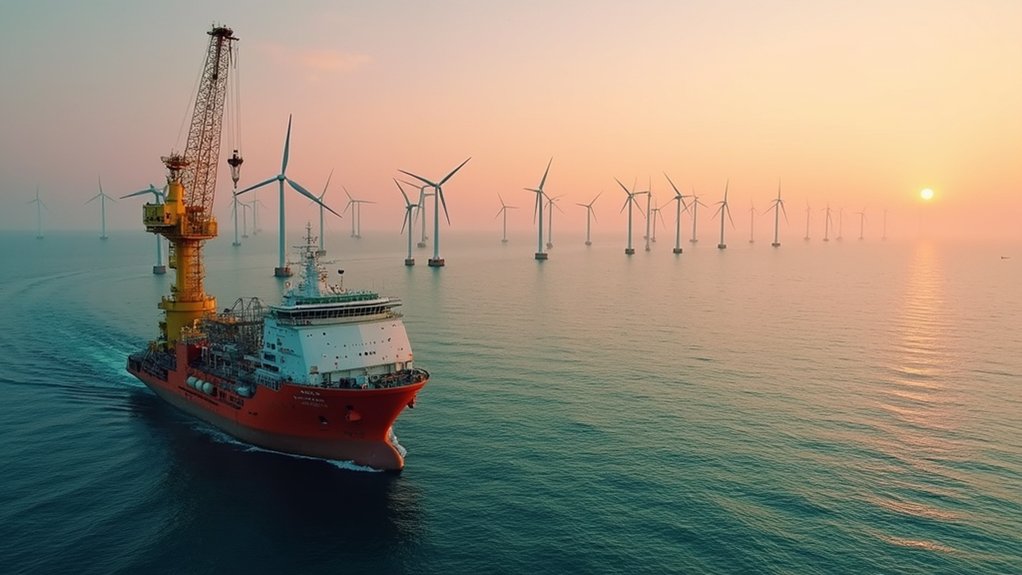As the global push for sustainability accelerates, Amazon has positioned itself as Europe’s largest corporate purchaser of renewable energy for five consecutive years. The tech giant has invested in an impressive portfolio of over 230 solar and wind projects across Europe, creating a substantial 9 GW of renewable energy capacity. This massive undertaking isn’t merely corporate greenwashing; it’s reshaping the continent’s energy landscape with tangible economic and environmental returns.
The economic impact of these investments cannot be overstated. In 2022 alone, Amazon’s renewable initiatives contributed €2.4 billion to European economies while creating more than 3,900 jobs. I’ve tracked Amazon’s expansion trajectory, and their 2024 additions of 46 new projects—including 26 standalone renewables and 20 onsite installations—demonstrate unwavering commitment to their 2040 net-zero carbon pledge.
Spain leads the charge with 15 utility-scale solar and wind farms, while Italy hosts 12 projects combining both utility-scale and onsite installations. The strategic deployment in Greece, with three new solar farms, targets regions heavily dependent on coal and oil, maximizing decarbonization impact. The company has achieved a total renewable energy capacity in Europe of 7 GW, with 1.7 GW from offshore wind contributing significantly to this clean energy portfolio. These installations collectively generate enough clean energy to power the equivalent of 6.7 million European homes annually.
Amazon’s strategic renewables deployment targets coal-dependent regions, delivering maximum climate impact where it’s needed most.
Amazon’s approach intelligently prioritizes regions capable of rapid decarbonization, delivering environmental benefits where they’re most needed. Their Greek solar project alone will prevent approximately 16,000 tons of carbon emissions yearly. The company aims to power all operations with 100% renewable energy by 2025, five years ahead of their original target. The company’s collaboration with governments and industries to release Europe’s green potential has established a blueprint other corporations would be wise to follow.
Beyond the financial investment, Amazon is modernizing greenhouse gas accounting through initiatives like the Emissions First Partnership. Their technological integration connects renewable sources to power grids efficiently, creating infrastructure improvements that benefit entire regions.
The diversification across solar farms, wind projects, and rooftop installations demonstrates a sophisticated understanding of regional energy needs. Amazon’s renewable investments aren’t just corporate achievements—they’re catalysts permanently transforming Europe’s energy future while establishing new standards for corporate climate leadership.
